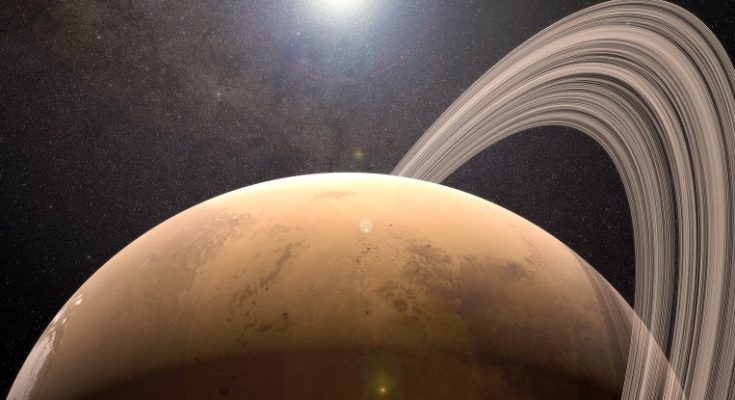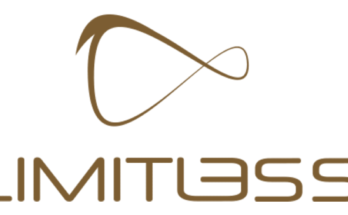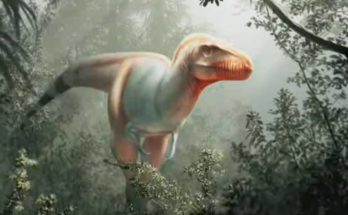A pattern of moon formation could clarify the marginally inclined circle of Mars’ moon Deimos.
Mars has two moons revolving around the planet, called Phobos and Deimos. For a long time, researchers guessed that both of these moons were caught space rocks, or space rocks. Yet, new research shows the circle of Deimos would not make that conceivable.
Deimos is marginally inclined to the Martian equator, by just two degrees. At first, the thing that matters was little to the point that numerous researchers ignored the issue.
“The fact that Deimos’ orbit is not exactly in plane with Mars’ equator was considered unimportant, and nobody cared to try to explain it,” study lead creator Matija Cuk, an exploration researcher at the SETI Institute, said in an announcement. “But once we had a big new idea and we looked at it with new eyes, Deimos’ orbital tilt revealed its big secret.”
The mystery originated from taking a gander at the movements of Phobos, which circles nearer to the Martian surface and is gradually spiraling into the planet. In the end, Phobos will drop so near Mars that the gravity of the a lot bigger planet will maneuver the moon into pieces — shaping a ring.
Study co-creators David Minton, an educator at Purdue University, and Andrew Hesselbrock, who was his alumni understudy at the hour of the examination, recommend that Phobos’ future is certainly not an irregular occasion.
Rather, after the moon is pulled separated, in the long run the pieces will change into another moon. This not exclusively will happen to Phobos, however has happened effectively different occasions in the Martian past.
This separating and transforming of moons would thusly clarify how Deimos’ orbital tilt occurred.
“This cyclic Martian moon theory has one crucial element that makes Deimos’ tilt possible: a newborn moon would move away from the ring and Mars … in the opposite direction from the inward spiral Phobos is experiencing due to gravitational interactions with Mars,” the SETI Institute said in the announcement.
“An outward-migrating moon just outside the rings can encounter a so-called orbital resonance, in which Deimos’ orbital period is three times that of the other moon,” the foundation included. “We can tell that only an outward-moving moon could have strongly affected Deimos, which means that Mars must have had a ring pushing the inner moon outward.”
This hypothetical outward-moving moon would have been colossal, at multiple times more enormous than Phobos. Phobos is hypothesized to be two ages more youthful than this moon, which separated and improved twice — the subsequent time shaping Phobos. Additionally, the period of Phobos favors the hypothesis. Deimos is billions of years old, however Phobos is as youthful as 200 million years of age — which means it framed when dinosaurs wandered the Earth.
Up until this point, no spacecraft has had the option to get up near either Martian moon to test land hypotheses, however that could change soon. The Japanese Aerospace Exploration Agency (JAXA) plans to send a crucial Phobos in 2024, called Martian Moons Exploration (MMX). On the off chance that all goes to design, MMX will get an example from Phobos to come back to Earth.
“I do theoretical calculations for a living, and they are good, but getting them tested against the real world now and then is even better,” Cuk said in the announcement.
Disclaimer: The views, suggestions, and opinions expressed here are the sole responsibility of the experts. No Just Examiner journalist was involved in the writing and production of this article.




